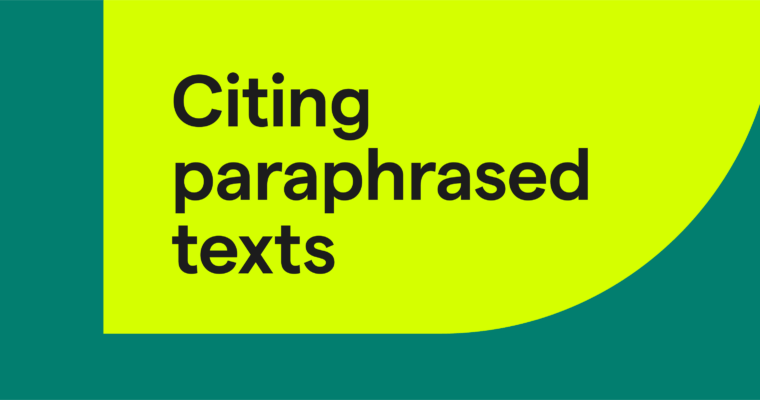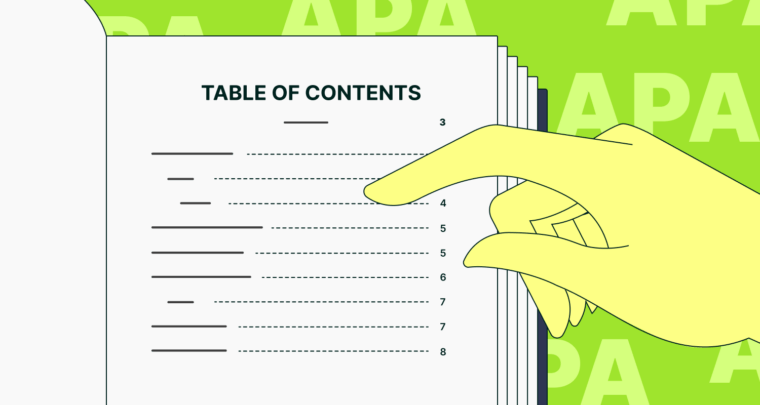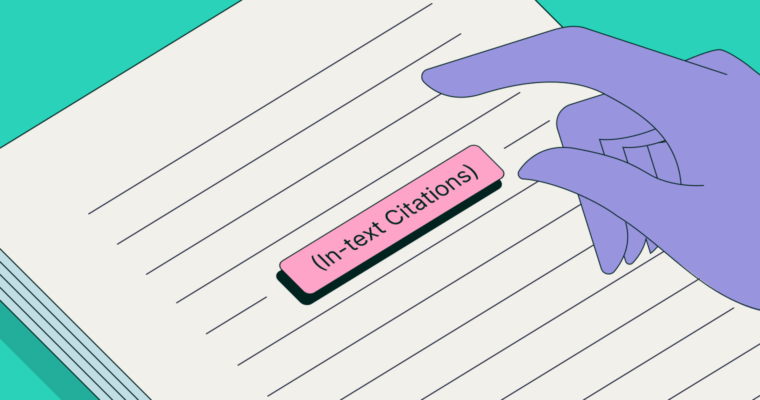To cite a website in APA format, you must include the author’s name, the publication date, the page or article title, the website’s name, and the URL, in that order. This is the basic information you use whether you’re citing a web page, blog post, online article, online video, or even a social media post; however, the format changes slightly for each, which we explain below. To cite websites in APA (7th edition, the most recent), use this formula when listing sources in the bibliography or on the reference page:
Last name of author, First name initial. (Year, Month Day of publication). Title of
Let’s look at an example so you know precisely how to cite websites in APA format. Say you want to use our blog post on punctuation as a source. When you plug in this article’s information using the above formula, it should look like this:
Kramer, L. (2021, April 9). Punctuation: Everything you need to know.
In APA reference citations, titles use the sentence case except for periodicals (newspapers, magazines, scholarly journals, etc.), so capitalize only the first word of a title, the first word after a colon, or proper nouns. In text, however, use the standard title case.
The in-line citations for a website in APA format are even easier. Simply use this formula:
(Author’s last name, Year of publication)
Using the example above, the in-line citation would read:
(Kramer, 2021)
If you’re using the author’s name in your text when writing a research paper, you don’t need to repeat it in the citation—the year alone in parenthesis is acceptable.
As Kramer explained, apostrophes are used for both possessive nouns and contractions (2021).
That covers the basics of how to cite a website in APA format for both primary and secondary sources. However, there’s still a lot of variation, like when to italicize and how to cite sources without authors or dates. Let’s take a closer look at these specifics.
How to cite a website in APA format: Blogs and articles from print publications
The first thing to ask yourself when citing websites in APA format is whether the source is an online version of a print publication or an online-only news site. The New York Times, The Wall Street Journal, and The Guardian are examples of newspapers that publish both in print and online.
If the text comes from an online version of a print article, cite it on the reference page the same way you would a blog post—just like our example above. The reason it’s important is that, with blogs and websites for print publications, you italicize the name of the website, not the article title.
Brown, D. (2022, May 1). Quitting Twitter? What people say about life after social
In-line citations are the same regardless.
(Brown, 2022)
How to cite a website in APA format: Online-only news sites
If, however, your source is available only online and is not a blog, italicize the name of the article, not the website. This is the case for popular online news sites like HuffPost, BBC News, and Vox, because none of them publish print periodicals. The order of the information remains the same.
Matthews, D. (2022, April 28).
Nothing changes for the in-line citation.
(Matthews, 2022)
How to cite a website in APA format: Video
Citing video sources in APA format is a little different because you have to specify, in brackets, that the source is a video. You can also use the name of the channel if there’s no specific author. To cite video content, use this formula:
Author or channel. (Year, Month Day of publication).
Let’s use our YouTube video as an example of how to cite an online video in APA format. Notice that “[Video]” comes after the title, but before the period.
Grammarly. (2022, February 2).
For in-line citations, follow the same format as above. If there is no specific author, use the channel’s name in place of an author’s.
(Grammarly, 2022)
How to cite a website in APA format: Social media
Citing social media works differently because there’s a wider array of content. As with videos, you have to specify the type of content, such as a status update, tweet, or reel, and mention whether the post includes videos, images, polls, etc. In-line citations remain the same, so our main concern is how to reference the sources in the bibliography. Let’s look at the specific formulas for Twitter, Instagram, and Facebook.
How to cite Twitter in APA format
Twitter citations in APA include the word “Tweet” in brackets, the user’s Twitter handle, and up to 20 words of the actual tweet (including hashtags). Attachments can be written as “[Video attached],” “[Image attached],” or “[Poll attached].”
Author or channel. [@Twitter handle]. (Year, Month Day of publication).
As an example, let’s use one of our Twitter Polls to illustrate how to include attachments.
Grammarly. [@Grammarly]. (2022, April 20).
How to cite Instagram in APA format
Instagram posts are cited in APA format largely the same way as tweets. Keep in mind that you must specify the type of content: “[Photographs],” “[Video],” “[Reels],” etc.
Author or channel. [@Instagram handle]. (Year, Month Day of publication).
In this example, let’s use one of author Margaret Atwood’s Instagram reels. The publication date of content like reels is often unavailable, so simply use “n.d.” for “no date.”
Atwood, M. [@therealmargaretatwood]. (n.d.).
How to cite Facebook in APA format
Facebook posts follow many of the same APA-format rules as other social media, including mentions of media attachments. The “post type” can refer to status updates, videos, photos, infographics, etc.
Author or channel. (Year, Month Day of publication).
This example comes from a posted photo, so the post type is “Image.”
Takei, G. (2014, January 17).
How to cite websites with no authors in APA format
Not all articles and websites list specific authors, but these can still be valid sources. In this case, use the website’s name in place of an author’s.
Website name. (Year, Month Day of publication).
When writing out the reference page citation, you can omit the website’s name before the URL since it’s already listed.
Grammarly. (2021, January 14).
Continue to use the website’s name in place of the author’s for in-line citations.
(Grammarly, 2021)
How to cite websites with multiple authors in APA format
There are different APA formats for citing sources with one author, two authors, between three and 20 authors, and more than 21 authors. We’ve already covered how to cite websites with one author in APA format, so let’s look at the others.
How to cite a website in APA format: Two authors
With two authors, separate the names with an ampersand both on the reference page and in the in-line citation.
Reference page:
Lareau, A. & Conway, E.
In-line citation:
(Lareau & Conway, 2003)
How to cite a website in APA format: 3–20 authors
On the reference page, list all the authors, separated by commas and with an ampersand before the last. For the in-line citation, list the first author followed by “et al.”
Reference page:
Chase, R., Freidman, C., & Lincoln, M.
In-line citation:
(Chase et al., 1973)
How to cite a website in APA format: More than 20 authors
Although rare, if your source has more than 20 authors, list only the first 20 on the reference page, followed by an ellipsis, and then the final author credited.
Writer, A., Writer, B., Writer, C., Writer, D., Writer, E., Writer, F., Writer, G., Writer, H.,
The in-line citation is written the same way as citations for 3–20 authors.
(Writer et al., 2022)
How to cite websites with no dates in APA format
No publication date? No problem! In APA format, you can simply write “n.d.” (which stands for “no date”) in place of the actual date in both reference-page citations and in-line citations. Note that “n.d.” has no spaces. Reference page:
Grammarly. (n.d.). About Us. https://www.grammarly.com/about
In-line citation:
(Grammarly, n.d.)





